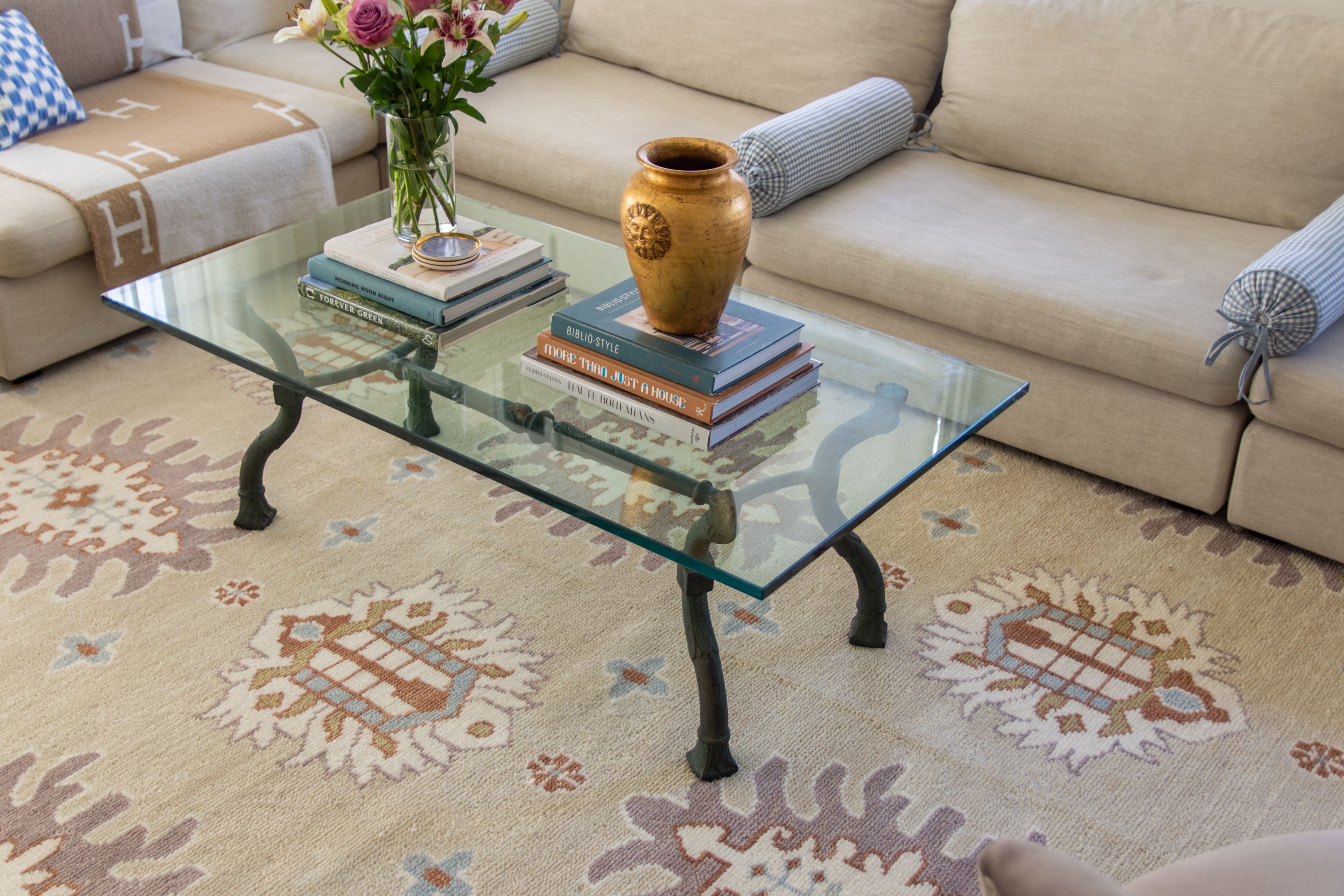Securely Storing Furniture in a Shipping Container During a Move

Relocating to a new place can be both an exciting adventure and a stressful ordeal. One of the main concerns during a move is securing your belongings, particularly your valuable and sizable furniture pieces. To ensure your items remain safe throughout the relocation process, using a shipping container for storage and transfer is a brilliant solution. This article seeks to provide a comprehensive guide on storing furniture within the shipping container securely during a move.
Why Use A Shipping Container?
Shipping containers provide an efficient and secure storage solution that accommodates items of all sizes, from delicate art pieces to large furniture. Their sturdy construction and weather-resistant materials ensure that your belongings are protected from harsh environmental conditions such as rain, wind, and extreme temperatures. Furthermore, the ability to lock containers securely offers peace of mind, knowing that your items are safeguarded against theft and unauthorized access during transit. Additionally, shipping containers come in various sizes, giving you the flexibility to choose the perfect one that meets your specific storage requirements, whether you're moving a few items or an entire household.
Preparation of the Shipping Container
Before you begin storing your furniture, the shipping container must be adequately prepared. Primarily, it should be clean and dry to avoid damage caused by mold and mildew. It might also be beneficial to install additional features such as shelving units or securing bars to enhance the safekeeping of your furniture pieces. Proper ventilation can also be considered to prevent moisture buildup, further protecting your items from potential damage during storage.
Planning and Organizing Furniture Storage
To maximize space in the shipping container, it's essential to plan how the furniture will be placed. Start with large items like sofas, wardrobes, and tables, placing them first. After that, smaller pieces can be arranged around these larger items to utilize all available space efficiently. Additionally, consider using vertical space by stacking lighter furniture on top of sturdy pieces, ensuring stability. However, always remember to keep a clear pathway within the container for easy accessibility.
Packing Furniture Properly
Ensuring the right packing techniques will further protect your furniture from any possible damage. For instance, all drawers, doors, and removable parts should be secured or removed to prevent them from opening during transit. For delicate or antique furniture pieces, make use of protective materials such as bubble wrap, furniture blankets, or even old linens and towels for added protection from scratches and dents.
Moreover, it's recommended to disassemble any furniture that can be broken down, as this will allow for more efficient use of space. However, do remember to keep all screws and parts in an identifiable and secure bag, which can be attached to the furniture piece itself. In terms of packing materials, we also suggest looking for environmentally friendly options. Reusing boxes and packing materials from previous moves or local businesses helps to reduce waste and save money.
Incorporating Safety Measures
Safety comes first in any moving process. Ensure that the container is placed on a flat, stable surface to prevent tipping or shifting, and make sure there is adequate space to fully open the doors for easy access. When loading the container, distribute the furniture evenly to maintain balanced weight distribution, which helps prevent tipping and makes handling easier. Secure heavy items with straps or ropes to keep them from shifting during transit, reducing the risk of damage to both the furniture and the container itself.
For further safety, avoid packing flammable or hazardous materials inside the container with your furniture. These substances can pose significant risks, including fires, chemical burns, or explosions if they leak or come into contact with other materials. Additionally, the presence of hazardous materials can complicate the insurance coverage and legal aspects of your move, as many shipping companies explicitly forbid their inclusion.
Let's Talk About Ventilation
If the furniture is stored for a lengthy period in the shipping container, good ventilation is necessary to prevent odors, humidity, and extreme temperature fluctuations, which can cause damage. Proper ventilation helps maintain a stable internal environment, reducing the risk of musty smells and condensation that can harm your furniture. Using moisture absorbers or damp traps can aid in balancing the internal environment, effectively controlling excess moisture and preventing mold and mildew growth. These measures ensure that your furniture remains in optimal condition, even during long-term storage.
Final Thoughts
With mindful execution of these tips, rest assured that you are well on your way to a hassle-free and secure move. Relocating furniture in a shipping container can be a breeze if done correctly, ensuring the safety of your treasured items through each element of the transit process. This means, upon reaching your new home, you can arrange your beloved furniture pieces with peace of mind, knowing that they have reached their destination unscathed.









